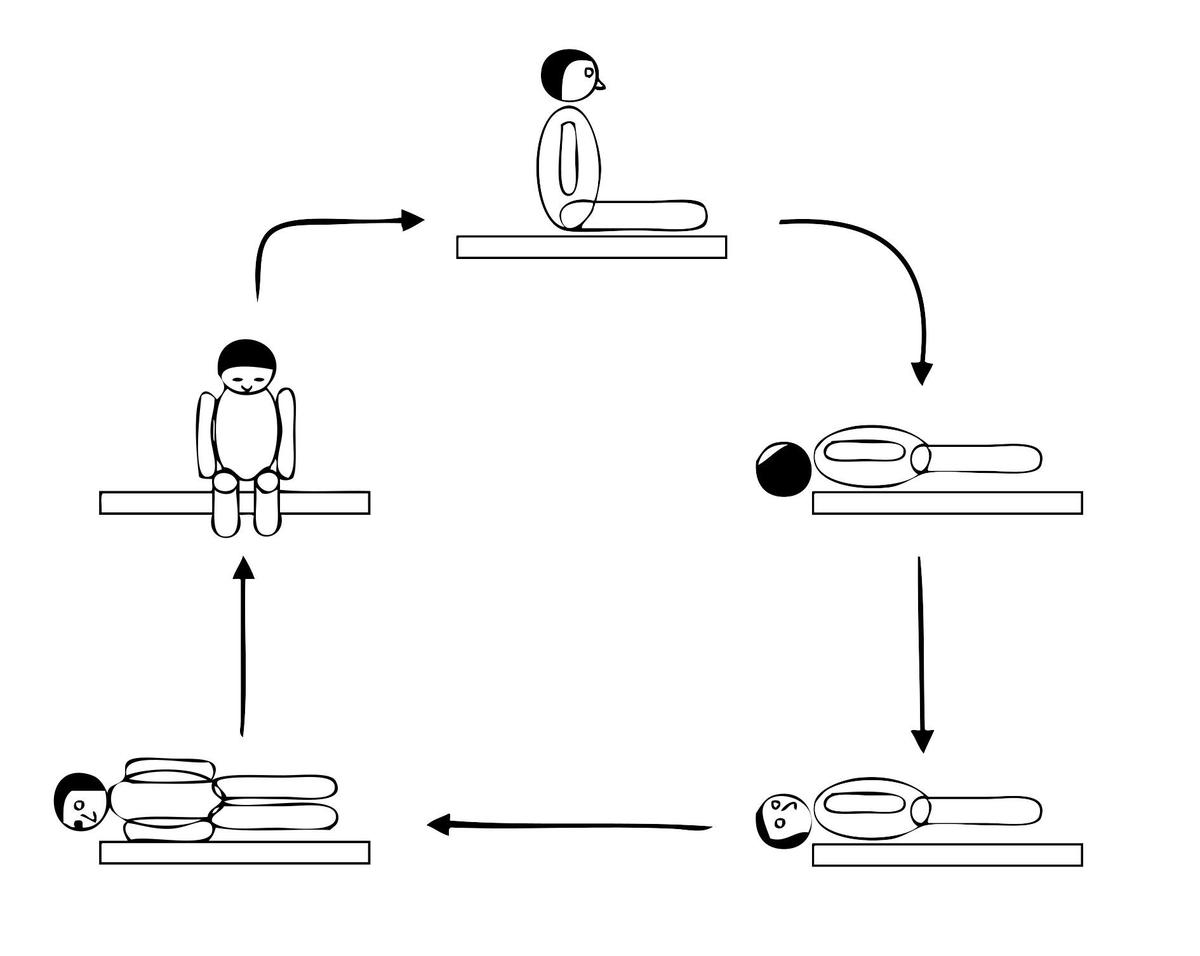General

Vertigo
| Photo Credit: Freepik
Vertigo is a sensation of spinning or movement of the surroundings, even when they are not actually moving. While it may not be a disease, it may be a sign of a problem of the inner ear or the brain. People with vertigo may feel dizzy or unsteady, as if the ground was spinning or tilting. Now before we get into it, let’s explore the science behind our body’s balance.
The body balances itself through a complex system of three sources in integration: eyes for vision, inner ear, or the vestibular system for detecting motion and position, and the muscles and joints to sense pressure and movement. These inputs are sent to the brain which processes them to help the body in maintaining its regular posture.
Sometimes, the brain can receive conflicting signals from these sources — which in turn leads to the brain getting confused — and that’s when vertigo strikes.
Vertigo is the very specific sensation of spinning or unstable movement, while dizziness is a broader term for feeling lightheaded, faint, or unsteady. In other words, dizziness is feeling “woozy” or off-balance without the spinning sensation. Vertigo comes with nausea, vomiting, sweating, and difficulty focusing.
Benign Paroxysmal Positional Vertigo (BPPV) is triggered by tiny calcium particles in the inner ear that shift out of place. Labyrinthitis or Vestibular Neuritis is triggered by the flu, which in turn leads to inflammation in the inner ear. Meniere’s disease sees a fluid build-up in the inner ear, and a ringing in the ears (tinnitus). Other causes can include migraines, head injuries, and certain medications.
BPPV can be treated with simple head movements like the Epley manoeuvre, a series of head movements used to guide the crystals out of the inner ear. Medication can aid symptoms like nausea and dizziness. Rest, hydration, and stress management can be useful in preventing recurrences. In more severe or chronic cases, vestibular rehabilitation therapy (VRT) helps retrain the brain to maintain balance.
Vertigo can feel disorienting, even scary at times, but awareness is the first step to fighting it. It’s your body’s built-in alarm system signalling your body to get a reset. With the right care — and some patience — you can find yourself steady again.

Epley Manoeuvre for the left ear.
| Photo Credit:
WIKIMEDIA COMMONS
The Epley Manoeuvre
The Epley manoeuvre is a series of head movements to guide the crystals out of the inner ear and can help people with Benign Paroxysmal Positional Vertigo. Here are the directions for the manoeuvre. This should be performed under the supervision of a healthcare provider.
If vertigo is on left ear/side:
Sit on a bed and rotate your head 45 degrees to the left. Place a pillow behind you so that you lie back, it will be under your shoulders. Lie back quickly with your shoulders on the pillow and head reclined at 45 degrees. Wait 30 seconds. Turn your head 90 degrees to the right side without raising it and wait again for 30 seconds. Turn your body and head another 90 degrees to the right side and wait 30 seconds. Finally, sit up on the right side.
If vertigo is on right ear/side:
Sit on a bed and rotate your head 45 degrees to the right. Place a pillow behind you so that you lie back, it will be under your shoulders. Lie back quickly with your shoulders on the pillow and head reclined at 45 degrees. Wait 30 seconds. Turn your head 90 degrees to the left side without raising it and wait again for 30 seconds. Turn your body and head another 90 degrees to the left side and wait 30 seconds. Finally, sit up on the left side.
Published – November 07, 2025 03:19 pm IST